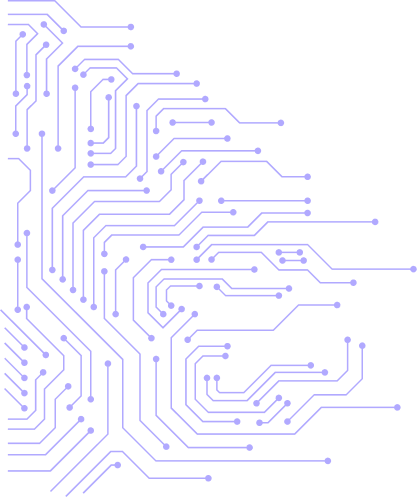The Evolution of Industrial Robotics: Mechanisms, Sensors, and AI Integration
Industrial robotics has evolved significantly over the past few decades, moving from simple programmable machines to highly intelligent, autonomous systems. Traditional industrial robots, such as SCARA (Selective Compliance Articulated Robot Arm) and Cartesian robots, relied on pre-programmed motion sequences. However, modern robotic arms integrate advanced servo motors, closed-loop feedback systems, and AI-driven adaptive control mechanisms.
Modern robots use force-torque sensors to adjust grip strength, LIDAR and stereo vision systems for spatial awareness, and ROS (Robot Operating System) to optimize real-time operations. The implementation of deep reinforcement learning (DRL) allows robots to learn optimal movements, improving efficiency in manufacturing. AI-driven predictive maintenance algorithms, using sensor fusion and anomaly detection, help identify faults before failure occurs, minimizing downtime in industrial production lines.


